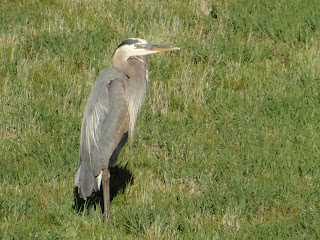I always wondered what kind of person climbs successfully mountainous heights unimaginable and unattainable by most human beings who are happy and comfortable in their own gardens, back yards, homes, or sitting by a lake, enjoying nature. Their idea of adventure is a hike in the woods, riding a horse, sailing, or swimming.
Most people
view such difficult mountain climbing as frivolous, narcissistic, grandiose,
selfish, and self-aggrandizing, having one’s moment in the limelight.
But to
understand what drives a serious mountaineer, you have to be one, and most
people have no such desire.
Jon Krakauer,
in his 1997 book, Into Thin Air, explained what mountain climbing is,
from his standpoint as a climber and journalist. He wrote that “climbing
Everest was primarily about enduring pain.” And it is not just any pain, but
excruciating pain.
He added
that the less virtuous motives are those seeking a minor celebrity, career advancement, an ego massage, ordinary bragging
rights, and filthy lucre.”
There is
something about being able to say, I’ve climbed Chomolungma, and I reached the
top. Chomolungma is the name that the Nepalese call Mount Everest. It is how I
learned in my primary school geography class, Mount Chomolungma.
Successful
professionals or moneyed individuals want to add this climbing feat to their
trophy cases. To succeed in climbing such heights, they must train to endure
horrific pain and to be willing to sacrifice their lives for this one unique athletic
and endurance trial. They have to be tough, driven, and extremely stoic.
To a large
degree, ordinary people believe such individuals to be selfish because they
abandon their families for months on end in order to satisfy their need and intense
desire to climb into the clouds. And if they ever reach the top of Mount
Everest, they know then that they have made it to “the roof of the world.”
And it is
the “roof of the world” when below you there is nothing but an icy abyss, and
you are standing at a height that most large airplanes fly. It is a rarified
atmosphere, thin air lacking oxygen, but also an environment that few dare to
experience.
It seems
that escalating the tallest mountains in the world gives mountain climbers a
temporary sense of satisfaction until it wears off and they are searching for
the next challenge.
The sad part
of climbing Mount Everest is that a marvel of nature is fast becoming a trashed
environment in the eagerness of many to leave their mark and to add their names
to historical immortality.
Some
climbers never leave the mountain - their frozen bodies rest where they have
fallen asleep and froze to death, or inside deep crevasses when they tripped
and have fallen to their deaths.



